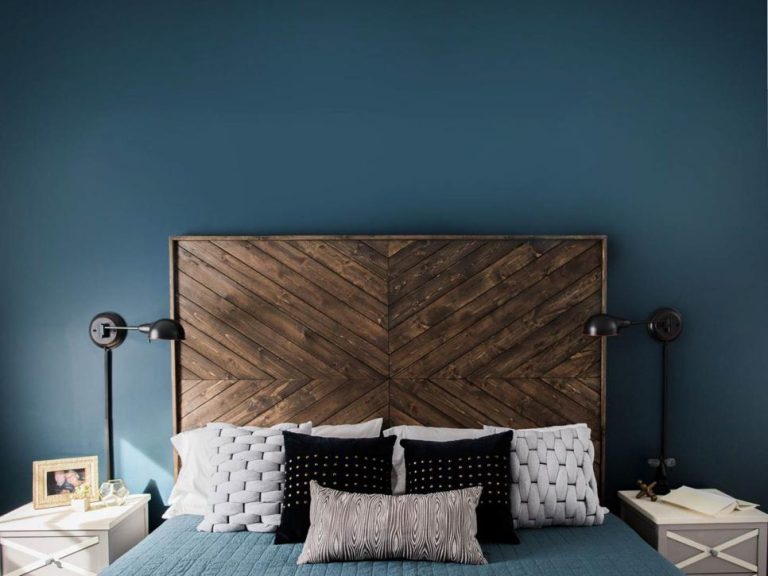Which Factors Contributes To A Long Lifespan Of Furniture
Introduction
Furniture is a big part of our lives. We spend most of our time at home on furniture, and we want to make sure it stays in good condition as long as possible. Furniture has evolved over the years, but there are still several factors that contribute to the long lifespan of furniture. Let’s take a look at some of them:
How It Is Made Matters
The material used to make the furniture also plays an important role in its durability. Solid wood is generally more durable than veneer, which is what you’ll find on cheaper pieces. Solid wood is also more durable than particle board and plywood, which are found in some cheaper furniture.
Oak, maple, pine and poplar are the best choices for solid divan furniture because they’re strong and resistant to moisture damage. Wood that contains knots should be avoid since it’s weaker than regular wood and may crack easily due to these defects.
The Way You Use It Matters
Now that we’ve covered the big factors, let’s talk about what you can do.
Use your furniture for what it was manufacture for. This is a common mistake, as people think they can use their couch as a place to sit and eat in front of the TV. This isn’t something your couch was made for!
When you do this kind of misuse over time, it wears down on the materials and causes them to break down faster than they should. Be careful not to use anything beyond its design capacity.
Don’t use it too much or too little either; don’t let things get out of balance with how often—or how little—you need to use an object before giving up on it altogether (for example: if you have a chair that was meant primarily for sitting while reading books at night).
The best way to avoid this problem is by knowing what exactly these objects were design for when buying them; if there aren’t any labels telling us otherwise then assume that we’re right!
If there are labels then read those carefully too since sometimes manufacturers will tell us something different than reality may suggest about how often we should expect using products like ours regularly (for example: washing machine instructions say not wash clothes more than once per week even though after doing so several times per day).
What Do You Clean It With And How
Avoid harsh chemicals. This includes bleach, ammonia and other strong chemical cleaners.
Use a soft cloth to clean it with, preferably one that’s been wash in non-detergent soap. You can also use a sponge mop or a microfiber cloth to gently wipe off stains. Just make sure you don’t get any water on the furniture’s surface! Read more
Don’t use too much detergent when washing your cloths or sponges—just enough for them to be damp but not sopping wet (this will prevent streaking). And remember: the main ingredient in traditional laundry detergents is sodium hypochlorite—the same thing we call “bleach.” So if you’re using this kind of cleaner on your cushions or upholstery. Keep an eye out for discoloration as well as signs of damage like cracking/splitting at seams or edges where there should be none present yet.*
How Often Do You Re-Finish Or Repaint It
You can extend the Long Lifespan Of Furniture by not repainting or re-finishing it. If you do need to paint, choose a semi-gloss or satin finish to minimize damage from stains. You should also consider how often you need to clean your furniture and what products are best for cleaning different surfaces on the piece of furniture.
It’s important to know when it’s time to replace certain pieces, especially those that have been passed down through generations in your family. These pieces typically don’t hold up well over time because they’ve been used so much by others before them, but if they’re still functional and in decent condition after years of use—and have great sentimental value—it might be worth keeping them around just a little longer rather than replacing them immediately with something new!
You Can Extend Long Lifespan Of Furniture
There are several ways to extend the long lifespan of furniture.
Use the furniture for its intended purpose. If it’s not design to hold up against heavy use, don’t expect it to last long if you use it that way. Keep your home clean and dry. Especially if you live in a humid climate or in an area with a lot of humidity and moisture (like by the ocean).
Dust can damage wood over time, as can spills that sit on wood for longer than they should before being cleaned up.
Long Lifespan Of Furniture; Avoid using harsh chemicals that could damage the finish on your furniture pieces; try natural alternatives instead! For example: vinegar makes an excellent bleach alternative when cleaning white surfaces like walls and ceilings. Because it won’t leave behind any harsh aftertastes (like chlorine bleach does). It’s also great at removing dirt stains from carpets and rugs (just mix two parts water with one part vinegar into a spray bottle)!
Conclusion
In the end, it’s up to you how much care you want to take of your furniture. You can be as frugal or extravagant as you like, but at least now you know that there are some simple things you can do to extend the life of your piece. And while there may be more expensive ways of doing this (such as buying brand new pieces). Those options might not always be available – or practical when compare with what else could happen if something breaks down on an older item!









